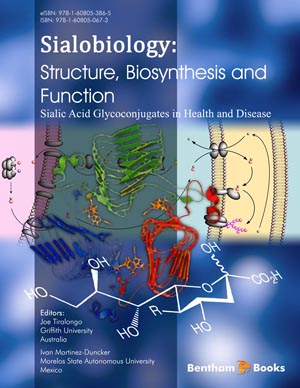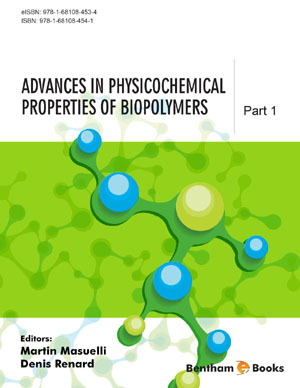Abstract
Sialic acids (Sia) are involved in many biological activities and are commonly present as monosialyl residues at the non-reducing terminal end of glycoconjugates. Occasionally, polymerized structures in the form of disialic acid (diSia), oligosialic acid (oligoSia), and polysialic acid (polySia) appear in glycoconjugates. In particular, polySia is known to be a common epitope from bacteria to humans and is one of the most famous, biologically-important glycotopes in vertebrates. The biological functions of polySia, especially on neural cell adhesion molecules (NCAMs), have been well studied and an indepth body of knowledge concerning polySia has been accumulated. However, considerably less attention has been paid to glycoproteins containing di- and oligoSia groups. As the analytical methods used to detect oligo/polymerized structures have been improved, glycoproteins containing di/oligo/polySia chains have been identified with an increasing frequency in nature. In addition, more sophisticated genetic techniques have helped elucidate the underlying mechanisms of polySia-mediated activities. In this chapter, the recent advances in the study of di-, oligo- and polySia residues on glycoproteins, including their distribution, chemical properties, biosynthetic pathways, and functions are described.
Keywords: Sialic acid, disialic acid, oligosialic acid, polysialic acid, polysialyltransferase, neural cell adhesion molecule, polysialoglycoprotein, flagellasialin, neurotrohic factor, growth factor, neurotransmitter, salmonid fish, neuroinvasive bacteria, sea urchin, helical structure, fertilization, neurogenesis, anti-adehesive field, attractive field, schizophrenia, cancer.

















